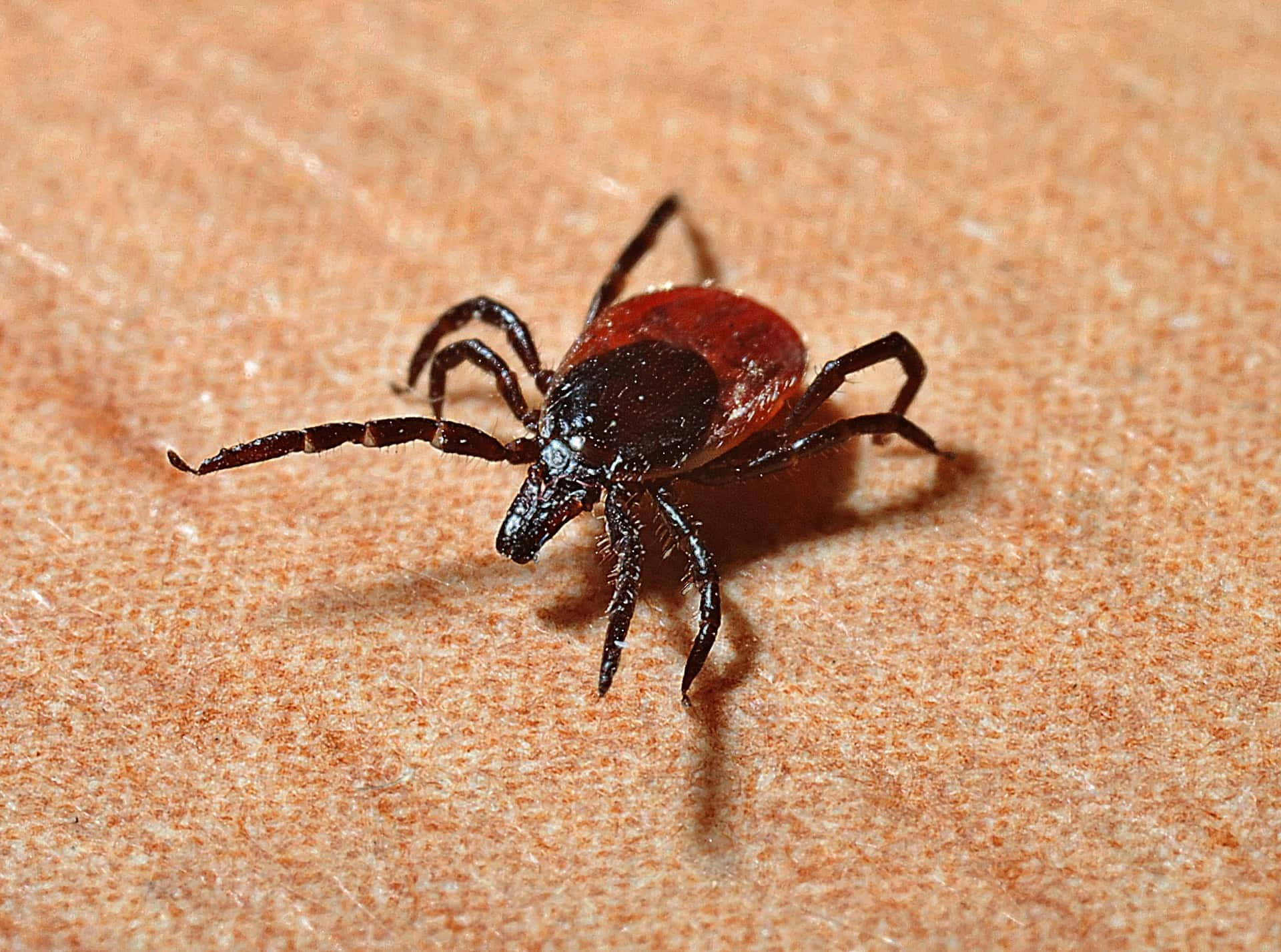
INDIANAPOLIS—Indiana health officials are urging Hoosiers to protect themselves from tick bites while outdoors as warmer weather increases tick activity. Reported cases of tick-borne disease continue to increase each year in Indiana, with more than 300 cases reported to the Indiana State Department of Health (ISDH) in 2019.
ISDH has found adult and immature ticks, or nymphs, carrying Lyme disease bacteria in many Indiana counties, particularly in the northwest and west central parts of the state. In addition, the black-legged tick, which carries Lyme disease, has been found in all but five Indiana counties. Maps displaying tick infection rates are available at https://www.in.gov/isdh/28130.htm, and a map showing the distribution of the black-legged tick is available at https://www.in.gov/isdh/28005.htm.
Hoosiers can reduce their risk of tick bites by:
- Wearing a long-sleeved shirt and light-colored pants, with the shirt tucked in at the waist and the pants tucked into socks, if they will be in grassy or wooded areas
- Treating clothing and outdoor gear with 0.5% permethrin, which is an insect repellent specifically designed for this purpose (permethrin should NOT be used on bare skin)
- Using EPA-registered insect repellents with active ingredients such as DEET, picaridin, IR3535, oil of lemon eucalyptus (OLE), para-menthane-diol (PMD) or 2-undecanone
- Treating their pets for ticks
Once indoors, people should thoroughly check for ticks on clothing, gear, pets and skin. Tumbling clothes in the dryer on high heat for 30 minutes will kill ticks, and showering can help remove any unattached ticks.
Ticks may be safely removed by using tweezers to grasp the tick close to the skin and then pulling outward with steady and even pressure. After the tick is removed, the area should be washed thoroughly. The tick should be discarded by submerging it in alcohol, placing it in a sealed bag or container, wrapping it tightly in tape or flushing it down the toilet. Ticks should never be crushed with the fingernails.
Anyone who becomes ill after finding an attached tick should see a medical provider immediately and alert the provider to the exposure. Tick-borne diseases can be treated with antibiotics, and prompt diagnosis can help prevent complications.
Cover Image by Jerzy Górecki from Pixabay


